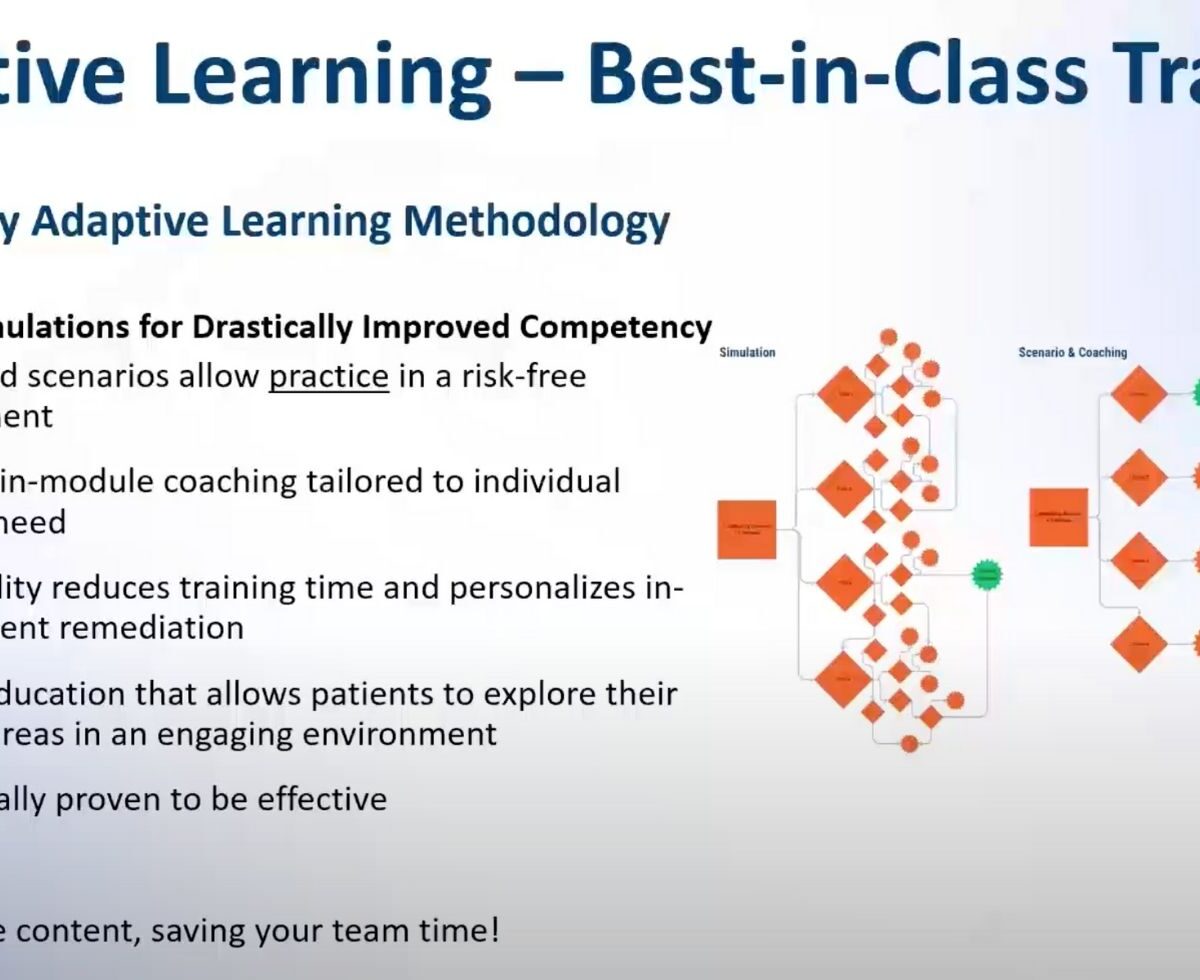In this webinar, Dr. Brad Stefanovic, VP, Head of Clinical Innovation at Simulations Plus, discusses how biotechs and big pharma alike can stretch their clinical trials dollars while optimizing key areas for compliance and success.

Beyond the Linear Model: Fully Automated Concentration-QT Analysis and Reporting
Objective 1: Extend the linear model to nonlinear and delayed-effect models
Objectiv 2: Automation of data preparation, model selection, and reporting

mlxDesignEval: A Novel R Package for Design Evaluation Based on MonolixSuite
Develop an R package for design evaluation which can use Monolix or Simulx projects as input

Improvements in Data Quality Can Boost Efficiency and Reduce Development Costs: Findings from a Survey of Pharmacometric CROs
Modern drug development, which can take up to 15 years and cost as much as $11 billion USD, relies heavily on high-quality data.

Improvements in Data Quality Can Boost Efficiency and Reduce Development Costs: Findings from a Survey of Pharmacometric CROs
Modern drug development, which can take up to 15 years and cost as much as $11 billion USD, relies heavily on high-quality data1. Recognizing the criticality of attaining quality data that is easily convertible to analysis-ready datasets, a survey was developed to obtain baseline information on data quality and data standards, largely from a CRO perspective.
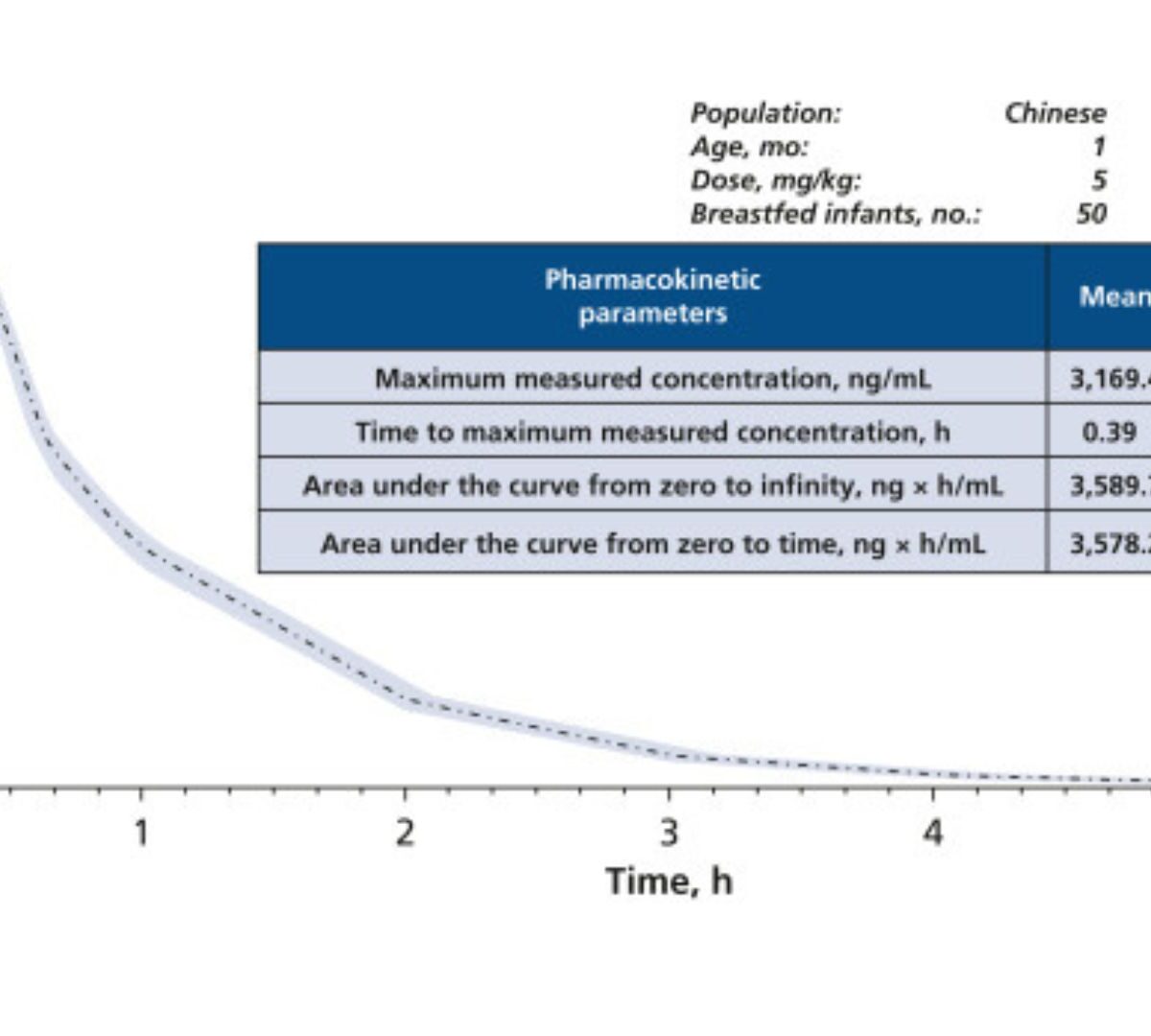
Assessing Whether Breastfeeding is Safe After an Intraoral Injection of 68 mg of Articaine
Limited information is available about the transfer of articaine into breast milk and the associated risks to breastfed infants.

Prediction of Clinical Outcomes in a Heterogenous NSCLC Virtual Patient Population: a Quantitative Systems Pharmacology (QSP) Approach
Non-small cell lung cancer (NSCLC) is a major cause of mortality in the United States[1].

Quantitative Systems Toxicology (QST) Modeling Using BIOLOGXsym and Mechanistic Toxicity Data From a Biomimetic Liver Microphysiology System Predicts Biologics-induced Liver Injury
While biologics offer promise in addressing a range of unmet medical needs, clinically observed BILI events are concerning for drug developers, health care providers and patients.

Using Model Master Files to Support Oral Drug Product Development and Regulatory Submissions
This report summarizes the proceedings of Session 2 of the two-day public workshop titled “Considerations and Potential Regulatory Applications for a Model Master File” hosted by the U.S. Food and Drug Administration (FDA) and the Center for Research on Complex Generics (CRCG) on May 2–3, 2024.

ADMET Predictor® 13: Predict & Build with Confidence
ADMET Predictor 13 is almost here—and in this webinar, you’ll see how it gives your organization the First-to-Invent Advantage! Drs. David Miller, Vice President, ADMET Cheminformatics, and Michael Lawless, Sr. Principal Scientist, Cheminformatics Solutions walk you through the latest version of the software...
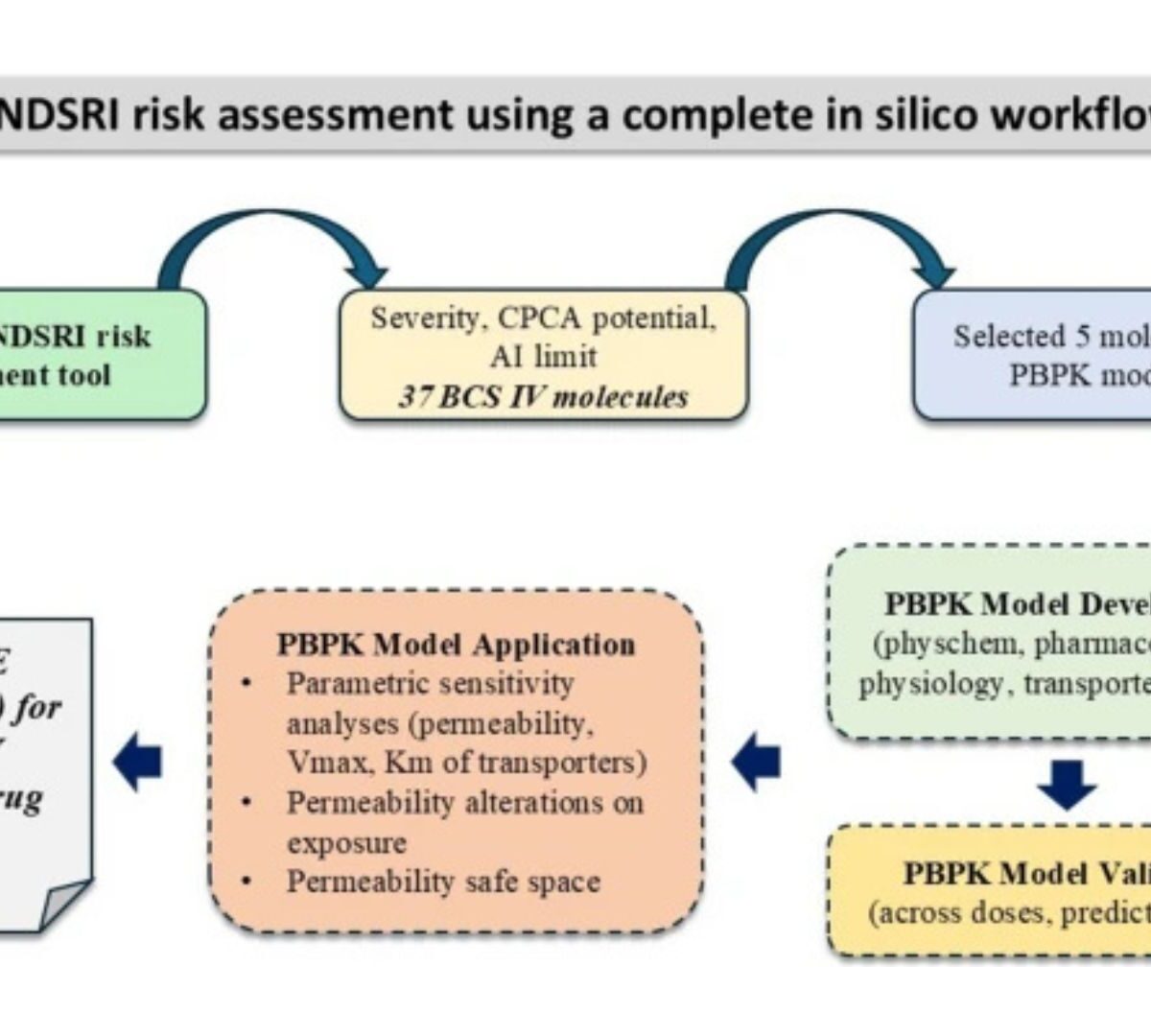
Nitrosamines Risk Assessment for Biopharmaceutics Classification System Class IV Molecule Containing Immediate Release Products: Use of In-Silico Prediction Tools and Physiologically Based Pharmacokinetic Modeling
Nitrosamines drug substance related impurities (NDSRI) are organic impurities, highly potent mutagenic substances that are classified as human carcinogens.

Predicting Brinzolamide Ocular Response in Humans Using an Ocular PBPK-PD Modeling and Simulation
The development of generic ophthalmic drug products indicated for intraocular pressure (IOP) reduction typically relies on comparative pharmacodynamic (PD) endpoint bioequivalence (BE) studies.
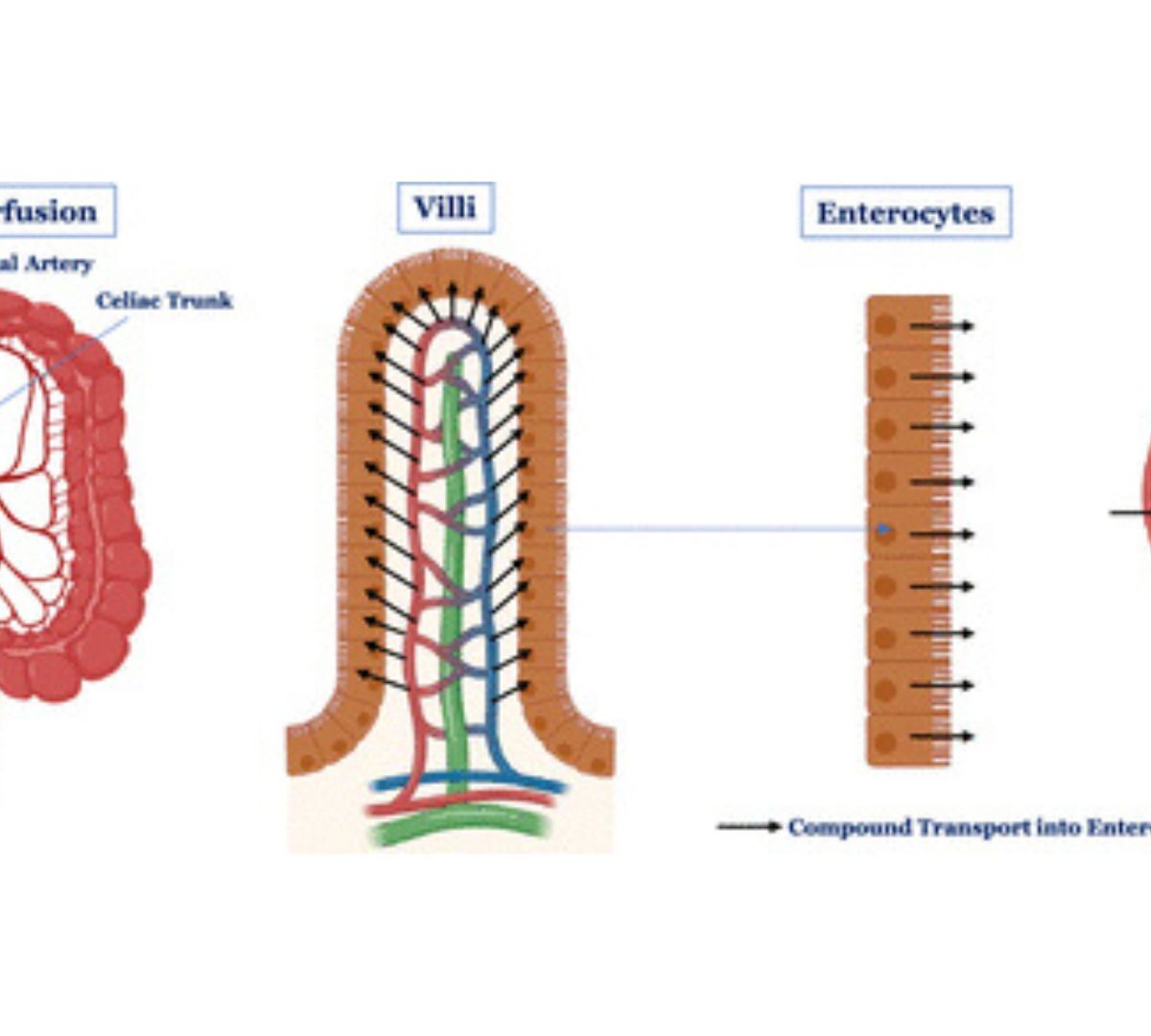
Intestinal Secretion Is a Potentially Important Clearance Mechanism for Low Metabolic Clearance Compounds
Intestinal excretion/secretion (IE) from the systemic circulation via the enterocytes into the intestinal lumen has traditionally been considered a minor clearance (CL) pathway.

Framework for Classifying Chemicals for Repeat Dose Toxicity Using NAMs
EPAA’s ‘NAM Designathon 2023’ challenge for human toxicity sought to identify a classification system capable of categorising chemicals based on their bioactivity and bioavailability properties determined using non-animal methodologies (Worth et al. 2025).

Multi-target Property Prediction and Optimization Using Latent Spaces of Generative Model
Multi-target property prediction has the potential to improve generalization by exploiting the positive transfer between targets.
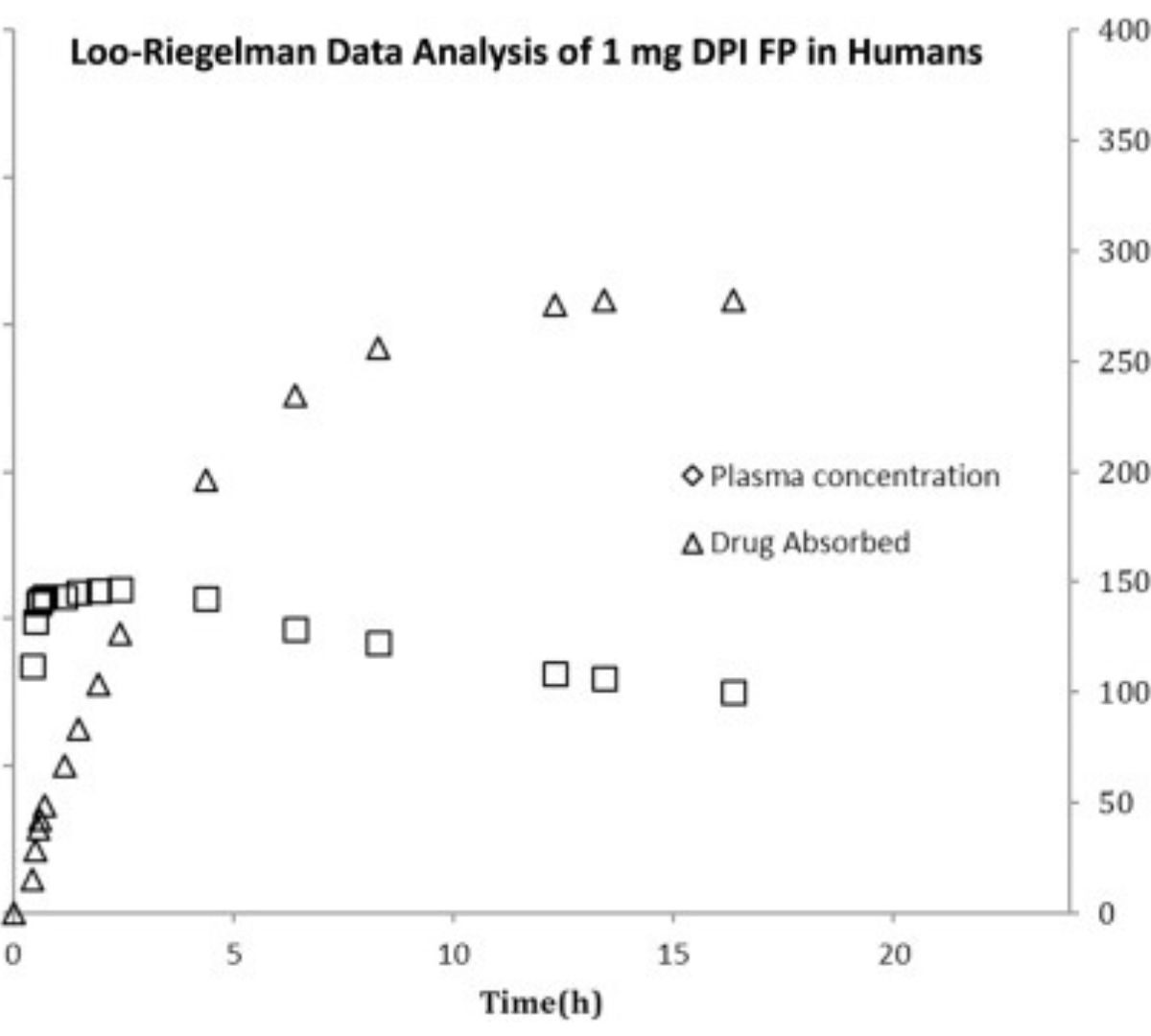
Investigation of the Suitability of Utilizing Plasma Concentration as a Surrogate to Understand Lung Exposure of Inhaled Drug in Rats: Different Delivery Methods of Fluticasone Propionate
Pulmonary diseases, such as asthma and chronic obstructive pulmonary disease (COPD) are complex human airway diseases that affect millions of people worldwide.
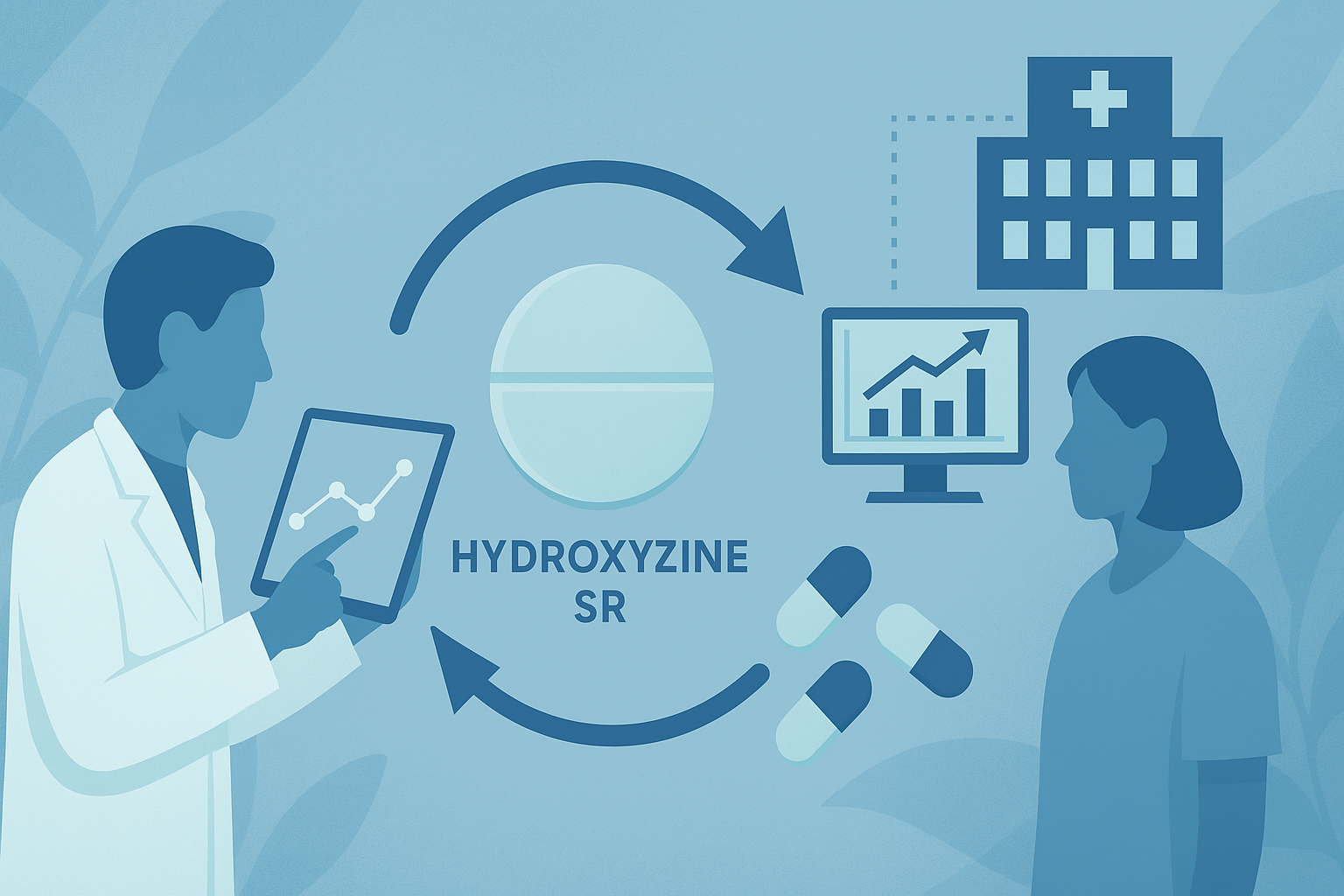
From Lab-to-Clinic with Model Informed Formulation Development: a Case Study of Hydroxyzine SR Tablets
Model Informed Formulation Development (MIFD) uses physiologically based pharmacokinetic (PBPK) modelling and other in silico tools to facilitate new product development.

Beyond the Lab: FDA’s Vision for Modeling a Future Without Animal Testing
The FDA has released a new roadmap outlining a path toward reducing—and ultimately replacing—animal studies in pharmaceutical development with new approach methodologies (NAMs), beginning with monoclonal antibodies.

Accessing DDI Standards in the Simulations Plus Training Portal
Your GastroPlus DDI Module license grants you access to our DDI reports and databases through the Simulations Plus Training Portal. You must register on the portal with your company email address in order to access these resources.

Simulations Plus Releases DILIsym® 11
Newest version of the quantitative systems toxicology (QST) software supports drug-induced liver injury (DILI) prediction for pediatric patient populations

